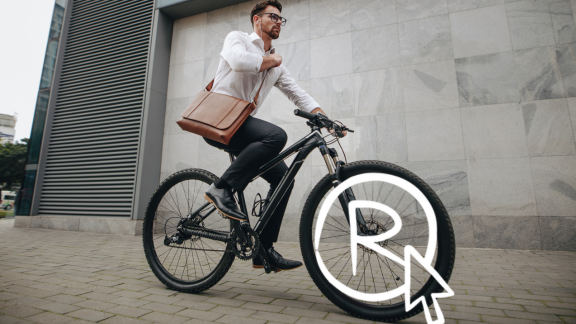Start-up Hable decided to go with a clever low-budget solution
It seemed obvious that Hable would apply for a patent for its invention: a special Braille keyboard for smartphones. However, the start-up had no budget for it. Instead of a patent, the company decided on a clever mix of different forms of protection: design rights for the keyboard design, trademark rights for the company name and logo, and a clever plan for the future.

You might not realise it, but typing on a flat screen is almost impossible if you have impaired vision. Hable came up with something: a special Braille keyboard you connect to your smartphone. It is simple in appearance and easy to use. Co-founder Van Welsenis: “We took the flat screen of the smartphone and replaced it, as it were, by 8 physical buttons that are very easy to use for someone who is visually impaired.”
Not much attention given to protecting the product
After the device had been tested, in September 2021 Hable began selling the keyboard in the Netherlands, Belgium and the United Kingdom. During the testing phase, Van Welsenis had a lot on his mind – so much, in fact, that the question of protecting his invention flew right out of the window: “We’d completely neglected to think about how we were going to safeguard our product.” Part of the reason was that Hable had a limited budget. Hable might have been able to protect the technical aspects behind the keyboard with a patent, but the start-up did not have the financial means to do that then. A conversation with a patent-adviser at the Netherlands Patent Office offered a way out: a mix of different forms of protection.
Clever combination of forms of protection
Hable applied for design rights for the keyboard design and trademark rights for the word mark ‘Hable One’ – the name of the keyboard – and the logo. That gave sufficient protection for the first version of the keyboard that came on the market. Since then, there has been a lot of hard work on the second version of the keyboard, and Hable wants to scale up production. It might also perhaps still be worthwhile applying for a patent for this new version, both to attract investors and to maintain a unique position in the market.
Apply for design registration in four steps
Registration protects the appearance of your design. Be aware: There is a lot to consider when applying for design registration. Use these four steps to check what opportunities and possibilities are open to you.
Start the four steps



